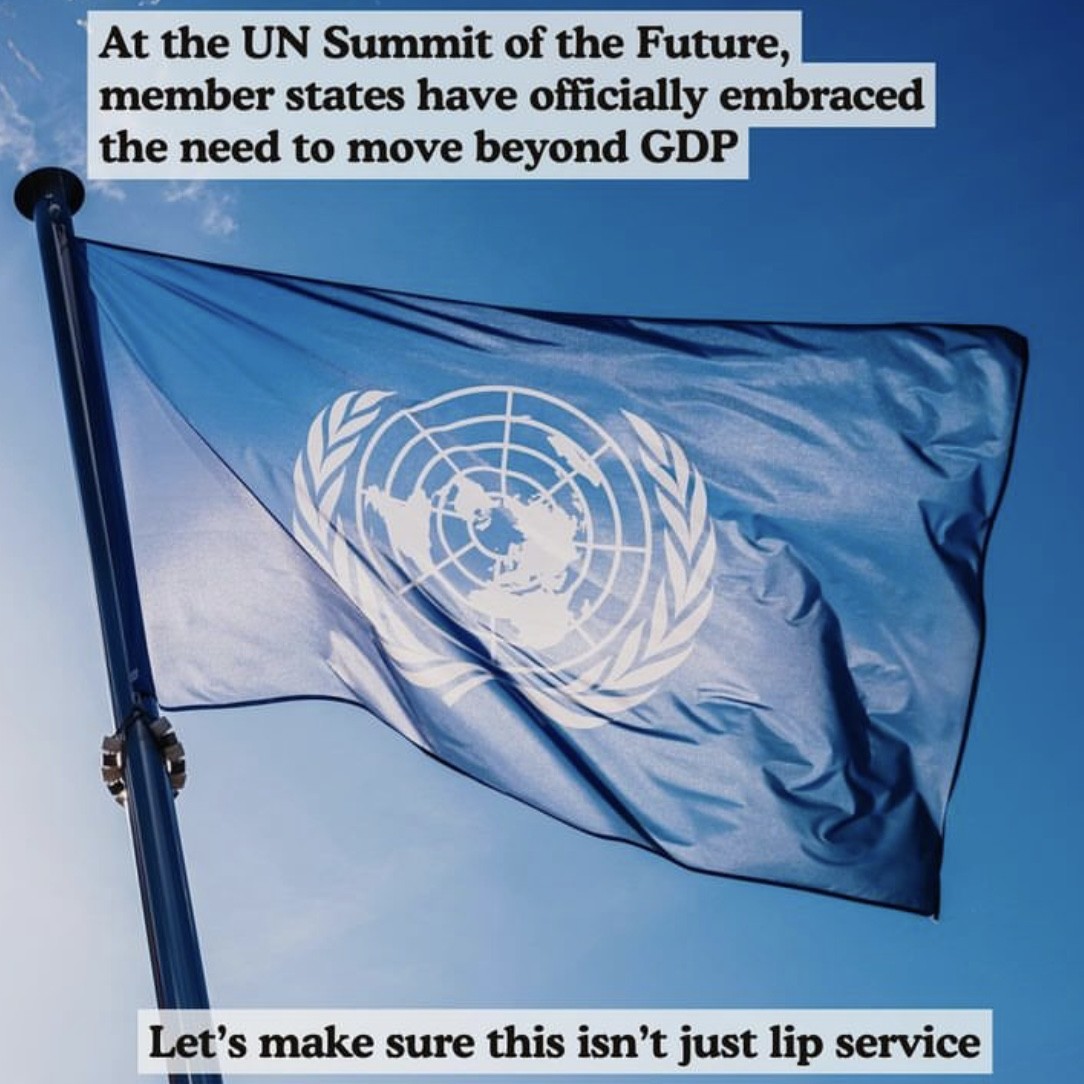1
Degrowth
769 readers
1 users here now
Discussions about degrowth and all sorts of related topics. This includes UBI, economic democracy, the economics of green technologies, enviromental legislation and many more intressting economic topics.
founded 1 year ago
MODERATORS
2
26
How to Restore Community Economies: Reestablishing the Right to Associate
(nonprofitquarterly.org)
3
4
5
6
12
How to build an ecological economy - Begin in the communities where we live
(theraven.substack.com)
7
89
Enough, already: why humanity must get on board with the concept of ‘sufficiency’
(theconversation.com)
8
9
10
1
Global biodiversity financiers strategize at COP16 to end ‘perverse subsidies’
(news.mongabay.com)
11
12
13
14
21
Degrowth has an image problem it desperately needs to overcome | Larry Elliott
(www.theguardian.com)
15
7
How much growth is required to achieve good lives for all? Insights from needs-based analysis
(www.sciencedirect.com)
16
7
Between hope and disappointment: politics and degrowth in the UK today
(steadystatemanchester.net)
17
18
19
20
21
22
81
UN Summit of the future member states have officially embraced the need to move beyond GDP
(files.mastodon.social)
23
6
Degrowth and diverse economies: Shared perspectives and productive tensions – degrowth.global
(www.degrowth.global)
24
25
11
A Tour of the Jevons Paradox: How Energy Efficiency Backfires – Economics from the Top Down
(economicsfromthetopdown.com)
view more: next ›


